

Damion Smy
Suzuki Fronx recalled after seatbelt failure sparks ‘urgent investigation’
8 Hours Ago
This sleek electric sedan is an ultra-efficient EV, with the added bonus of solar panels that can add a claimed 70km of range on a sunny day.

Senior Contributor
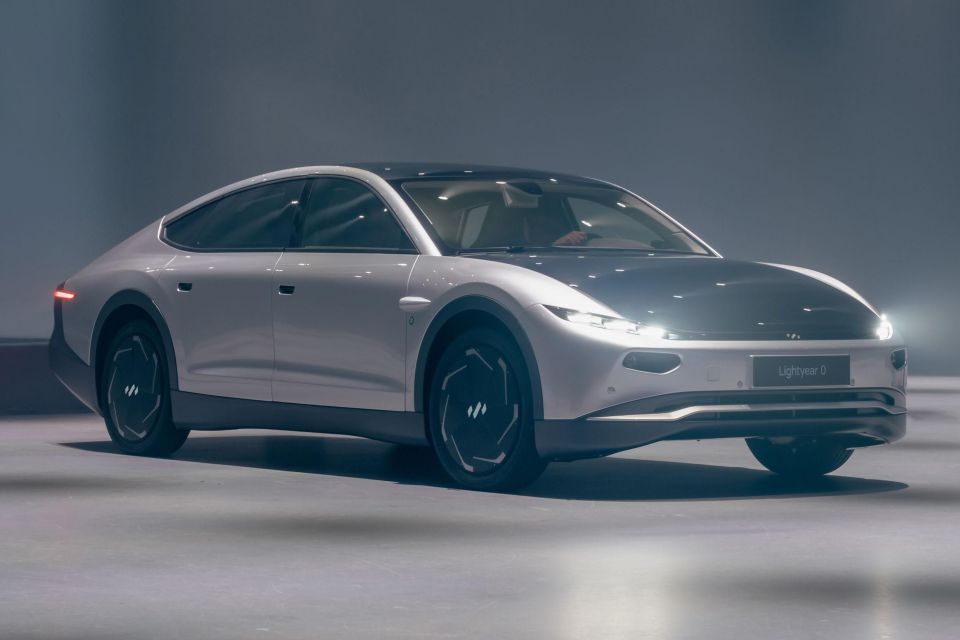

Senior Contributor
The Lightyear 0, a sleek electric car said to be able to cover daily commuting using only solar energy to charge its batteries, has entered production in Finland.
The Netherlands-based company is working with Finnish vehicle manufacturer Valmet Automotive, which is contracted to produce the vehicle.
The pitch behind the Lightyear 0 is a vehicle that relies less on the grid for charging, which focuses on reducing weight and shrinking the onboard batteries.
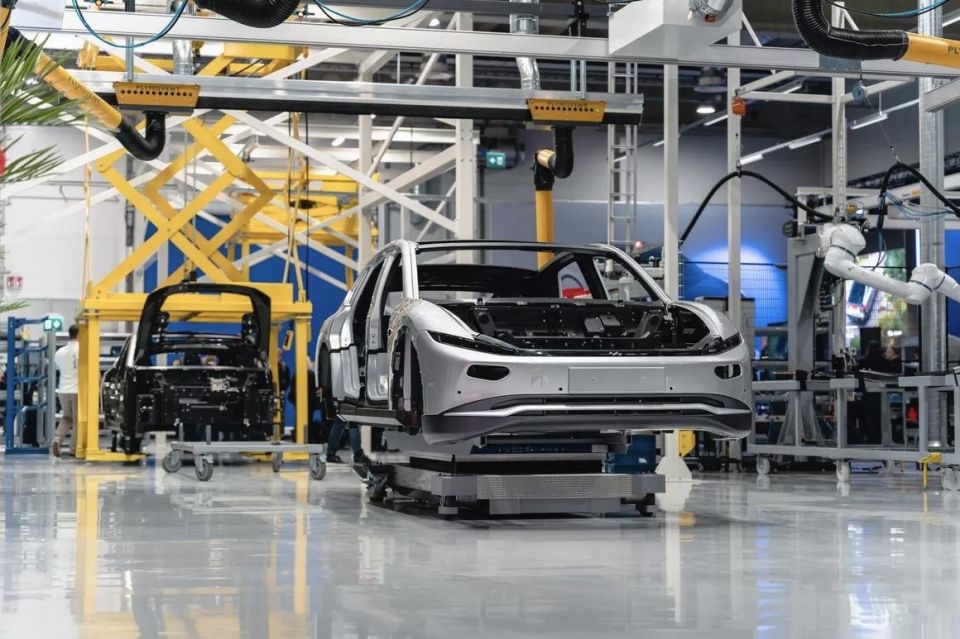
“Electric cars are a step in the right direction, but they have a scaling problem. By 2030, we can expect 84 million electric vehicles on roads in Europe alone,” says company co-founder and CEO Lex Hoefsloot.
“There’s no hiding from it, access to charging stations will not keep up with the demand for electric cars. To minimise plug-charging and maximise range, the industry’s strategy, so far, has been to add batteries. That increases the carbon footprint of production and, in turn, boosts weight and the need for high-power charging stations.
“Our strategy flips that approach. Lightyear 0 delivers more range with less battery, reducing weight and CO2 emissions per vehicle.”
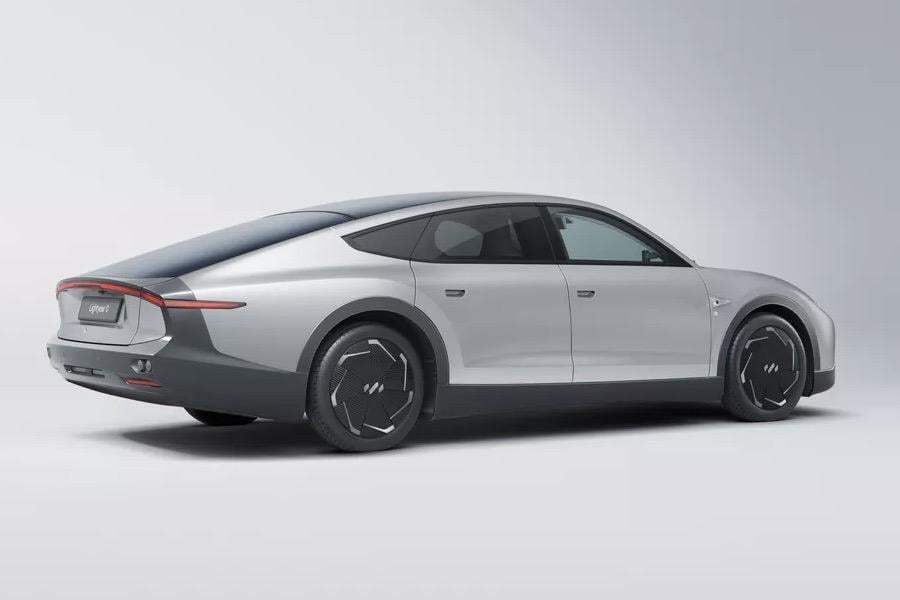
The Lightyear 0 claims a long 625km battery range despite a smallish 61kWh pack – the same as a long-range Nissan Leaf. It manages this due to its light weight for an EV (1575kg) and aerodynamic shape (under 0.175Cd) enabling energy use of just 10.5kWh per 100km.
However, the claimed real-world range is well above this due to its 1.05kW solar roof capturing up to 70km of additional range daily in sunny climes, or more like 35km in Europe where conditions are often cloudier.
“In cloudy climates, based on the average commute of around 35 kilometres per day, you can drive for up to two months before you need to think about charging. In sunnier countries, that could be up to seven months,” the company claims.
MORE: Lightyear 0 long-range solar electric production car revealed
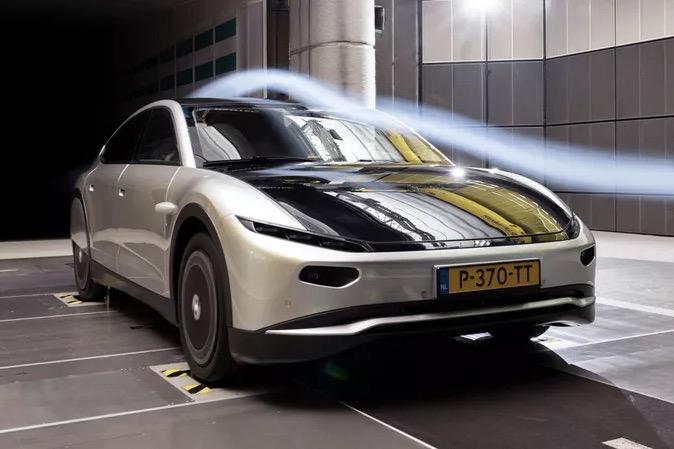
Lightyear 0 production
The Valmet manufacturing process starts with a naked body supplied from the UK, before the main cable harness and the floor carpets are installed. The vehicle is then moved to the next phase of the assembly line, where insulation, cables and pipes are installed.
Next a specialised robot is used to apply the glue beads on the all-important solar panels. Manipulators then semi-manually position the glass and solar panels on the body in white.
During this time, the front and rear subassemblies – containing the subframe, suspension, in-wheel motors and other mechanical and electrical parts – are pre-assembled. In other pre-assembly cells, the dashboard, centre console, doors and tailgate are also assembled.

The marriage point is the next step in the process. Here, the subassemblies are united with the body in white. Then the 350kg battery is installed.
After this, it’s time to install the pre-assembled dashboard, center console, seats, and finally the doors and tailgate. As the final step, low-rolling-resistance Bridgestone tyres are put on.
MORE: Lightyear 0 long-range solar electric production car revealed MORE: Genesis G80 EV’s solar-panel roof adds 1100km range per year, brand claims


Damion Smy
8 Hours Ago
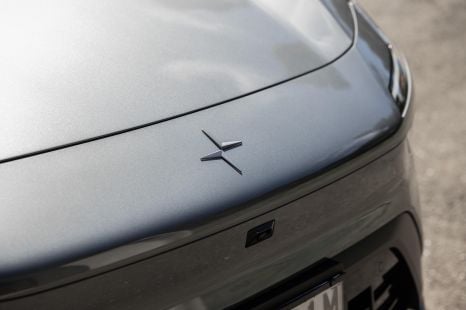

Damion Smy
9 Hours Ago


Damion Smy
10 Hours Ago
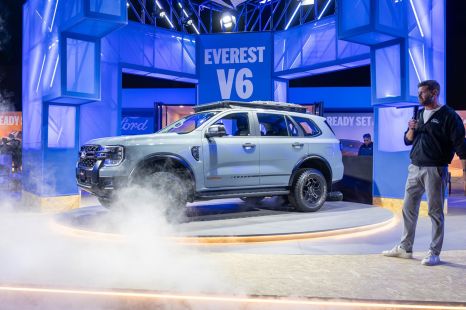

Damion Smy
13 Hours Ago


CarExpert.com.au
14 Hours Ago


Ben Zachariah
16 Hours Ago